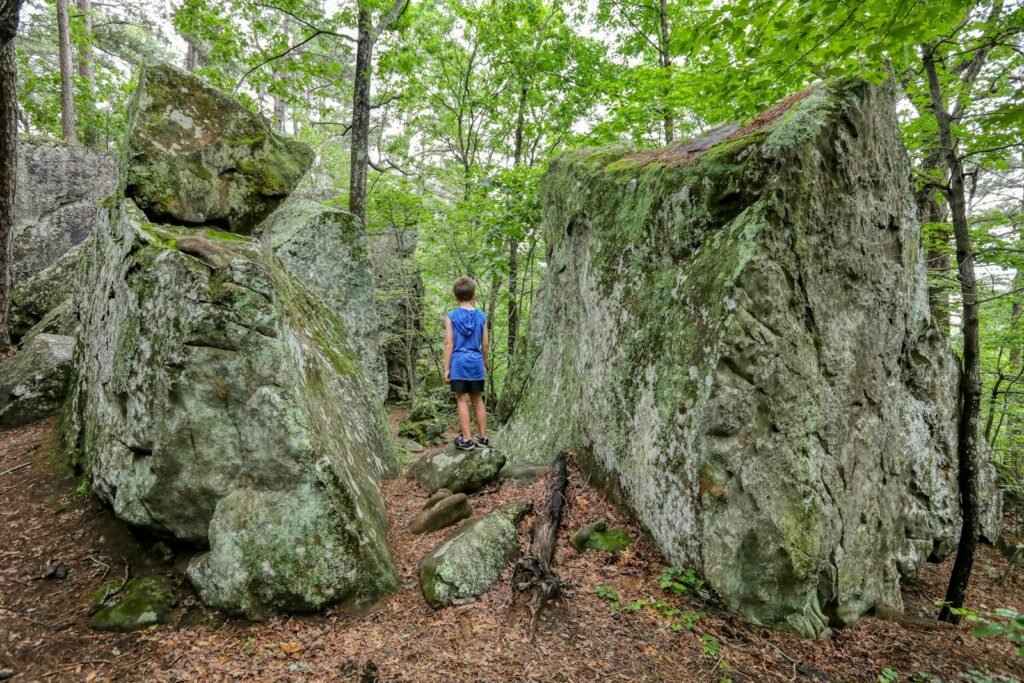Step into the dark mouth of a mountain and you might hear it first: a low hum that rises to a throaty whistle, then fades like a breath in winter air. For centuries, people chalked it up to superstition, swearing the rock itself was alive. Today, the mystery has a name and a physics pedigree, and it’s turning caves into living laboratories. Across the world, scientists are tuning into the notes that caverns play – tones born from pressure, geometry, and wind. Those sounds aren’t just eerie; they may be data, carrying clues about hidden passages, climate shifts, and even other worlds.
The Hidden Clues
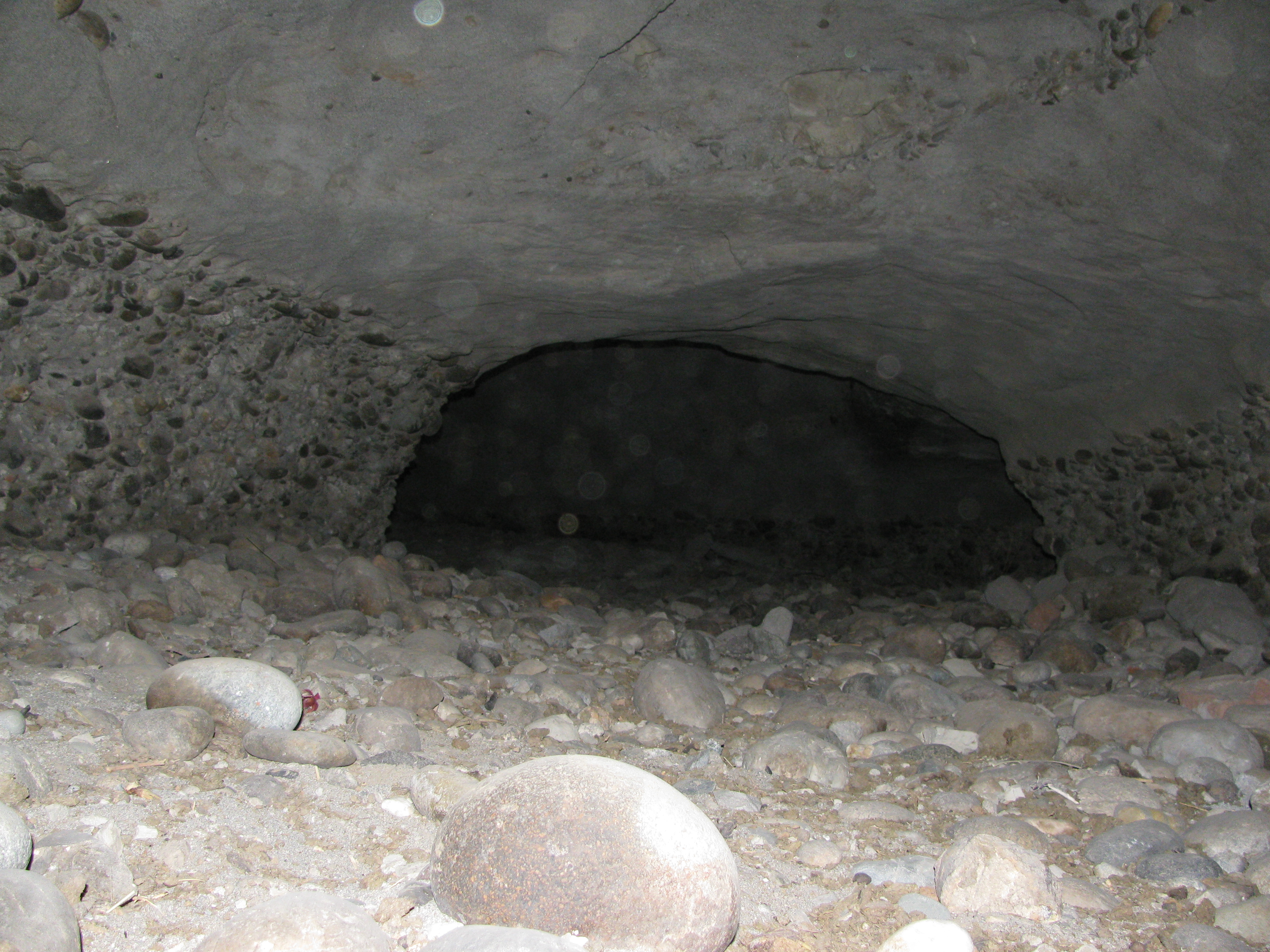
Here’s the jolt: a cave can act like a giant musical instrument, and the pitch gives away its size. When air sloshes in and out of an underground chamber, the whole system can behave like a Helmholtz resonator – the same principle behind the whoosh you hear when you blow across a bottle. That resonance translates geometry into tone, turning an invisible labyrinth into something you can listen to. Researchers have used these patterns to estimate cavern volumes and to infer connections between passages that would be hard, costly, or dangerous to reach by foot.
In barometric caves, pressure swings from passing weather systems push and pull the airflow, so entrances breathe in slow, measurable pulses. That breathing sometimes flips direction with surprising regularity, like a metronome set by the sky. The tempo changes with the cave’s layout, the length of constricted “necks,” and the temperature contrast between surface and subsurface. To the trained ear – and to sensitive instruments – those fluctuations sketch out a map of the underground in sound. I remember standing by a small karst opening in winter and feeling the wind reverse against my palm; it felt like a heartbeat.
From Ancient Tools to Modern Science

Early explorers used candles and damp cheeks to sense a draft; if the flame bent, the passage probably continued. That folk method wasn’t wrong, just imprecise, and it seeded a tradition of reading air to navigate rock. Modern speleoclimatology has turned that intuition into high-resolution science, pairing ultrasonic anemometers with pressure sensors that can tick in fractions of a second. The shift mirrors the leap from a tuning fork to a digital spectrum analyzer: the melody is the same, the resolution is radically better. Long records now reveal how season, storm tracks, and cave architecture conspire to set the rhythm.
Two classic North American “breathers” have become case studies, with airflow speed now predicted using pressure gradients rather than guesses from surface barometers alone. That distinction matters because gradients capture how different parts of a cave respond at different timescales, from swift fronts to languid high-pressure domes. Put simply, the rock’s shape filters the weather’s signal, and modern instruments can separate the notes. With enough data, scientists can tell whether a sudden gust is a local quirk at one entrance or a whole-system surge. It’s cave listening, but with math.
Inside the Natural Pipe Organ
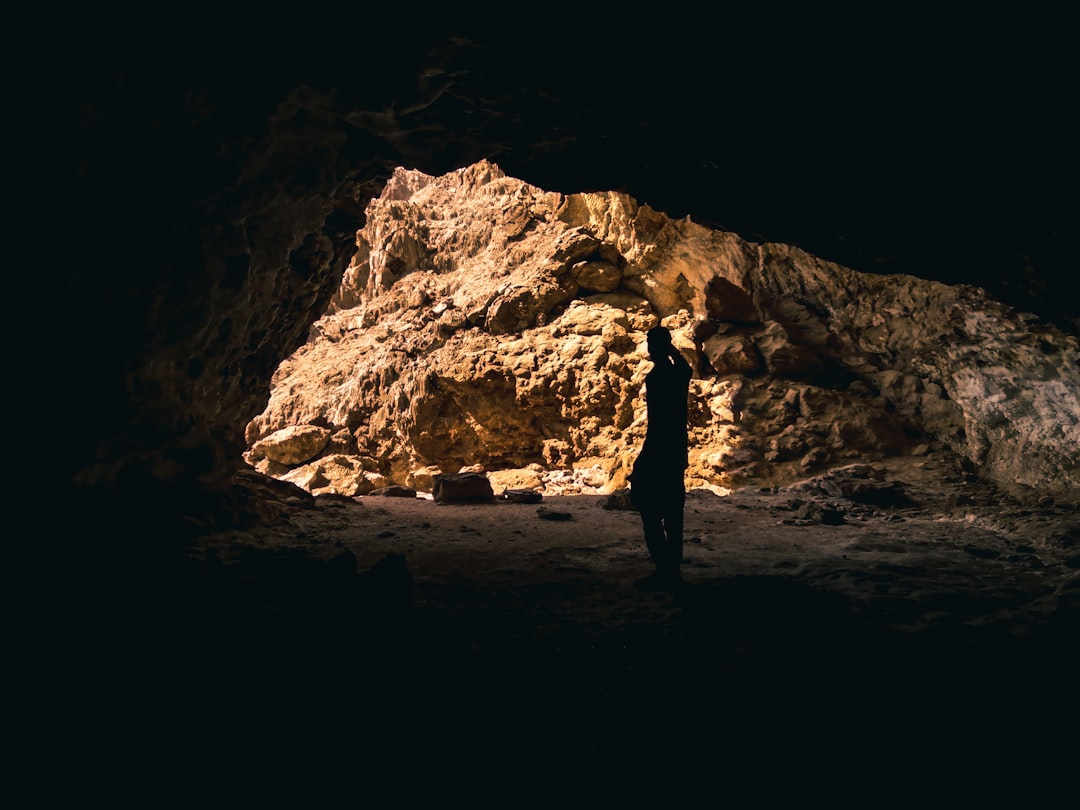
Picture a cavern chamber as a lung and its narrow entrance as a throat. When outside air rushes across that opening, vortices form and shed, exciting the air mass in the “neck” and pumping the chamber like a spring. If the frequency of that forcing matches the chamber’s natural frequency, the sound swells – a deep, steady tone that can slip below human hearing into infrasound. Lengthen the neck, shrink the mouth, or enlarge the room, and you drop the pitch; the physics is so consistent that engineers use the same formulas for mufflers and concert halls. Caves just happen to be the Earth’s original prototypes.
This same resonance framework has even been extended to extraterrestrial caves, where listening for periodic winds could reveal volumes without a single step inside. On Earth, lava tubes and karst systems alike can generate rich spectra as the wind speed, boundary layer, and entrance geometry shift. Add a second entrance at a different elevation and you can get a persistent circulation loop that either roars or whispers depending on the season. Under certain storms, that loop can lock into a resonant mode that carries for hundreds of feet. The soundtrack of stone, it turns out, is consistent across planets.
The Places That Sing

Italy’s aptly named Grotta del Vento channels powerful drafts between a low entrance and a high, remote opening across the mountain. In summer, cool dense air tumbles out of the lower portal; in winter, the flow reverses and rushes inward, a seasonal inversion you can feel in your bones. In the Black Hills of South Dakota, vast barometric systems like Wind Cave and Jewel Cave “breathe” with passing pressure waves, creating steady flows that can flip direction as weather patterns roll by. On the U.S. West Coast, show caves earned moody names from their voices; some lost their surface moans when entrances were widened, changing the acoustics like knocking a hole in a violin.
Flooded systems along the Yucatán coast add water to the orchestra, where tides and storm surges couple with cave air to produce complex, low-frequency oscillations. Sea caves and blowholes contribute higher, harsher notes when waves compress trapped air, the rocky equivalent of a reed instrument. Together, these examples show a spectrum: slow barometric breaths, midrange Helmholtz hums, and sharp, wave-driven blasts. The common denominator is geometry meeting forcing, not mysticism. Wherever there’s a cavity, a throat, and some wind, there’s potential for music.
Measuring a Breath You Can’t See
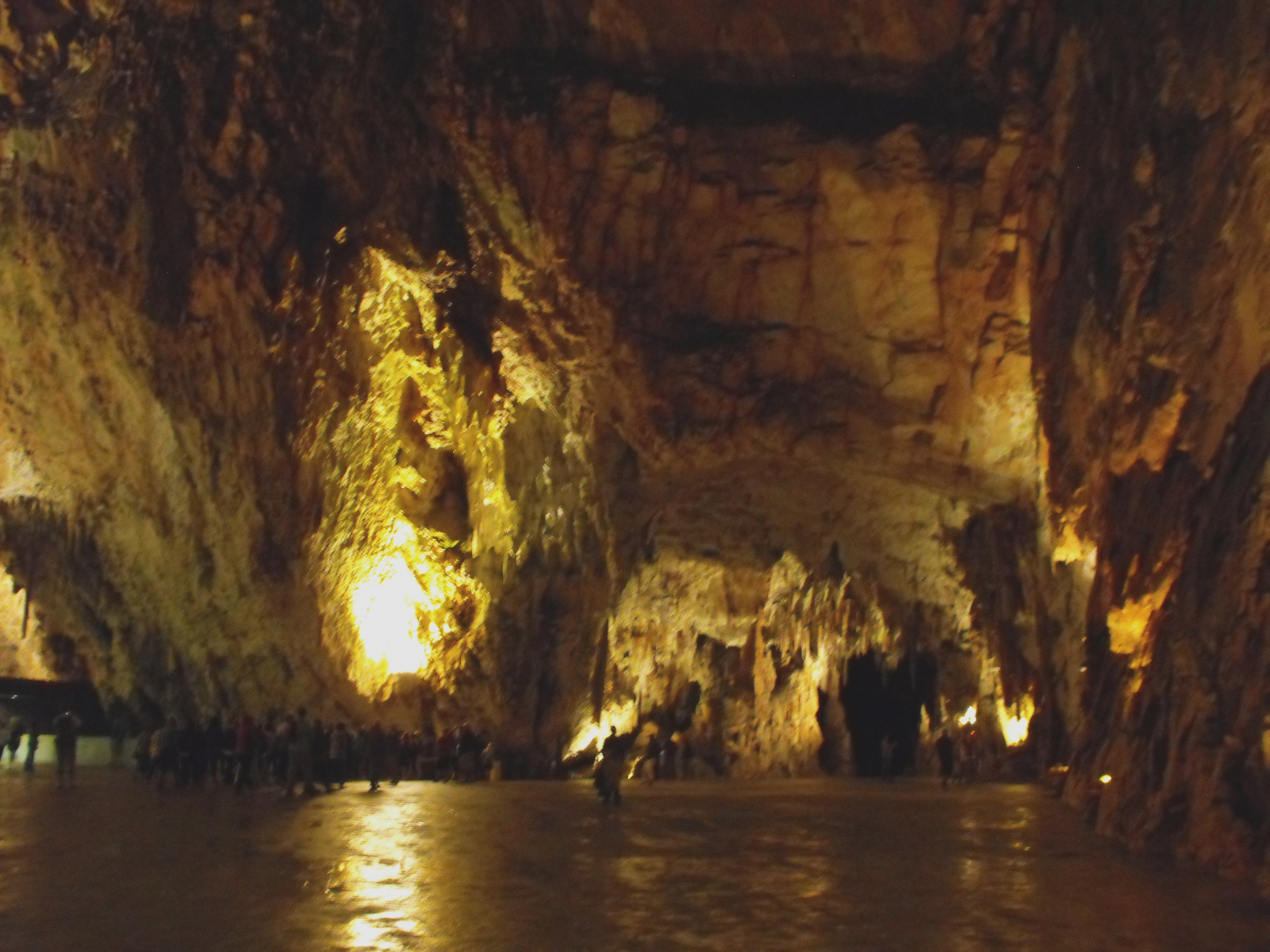
Field teams now deploy arrays that synchronize pressure, temperature, humidity, wind speed, and acoustic intensity, sometimes alongside CO₂ and radon sensors. Crucially, they log data for seasons at a time to catch rare events: abrupt cold fronts, tropical storms, and heat waves that push the system to reveal its parameters. Spectral analysis then pulls apart the overlapping rhythms – the daily heating cycle, the weather-scale barometric swings, and the occasional resonance spike. When a tone stands out, researchers test whether it matches a Helmholtz prediction for a plausible chamber-and-neck combination. If it does, they’ve earned a noninvasive clue to cavern shape.
To ground the story, here are field-tested realities that guide the measurements: – Airflow in barometric caves tracks pressure gradients more reliably than surface pressure history. – Temperature contrasts between inside and outside air can drive persistent, seasonally reversing circulation through multi-entrance systems. – Resonant peaks can dip into infrasound, below the threshold of human hearing, yet still rattle sensors and wildlife. – Short-term construction changes – like enlarging an entrance – can detune or amplify a cave’s voice, with lasting effects on airflow and microclimate.
Why It Matters
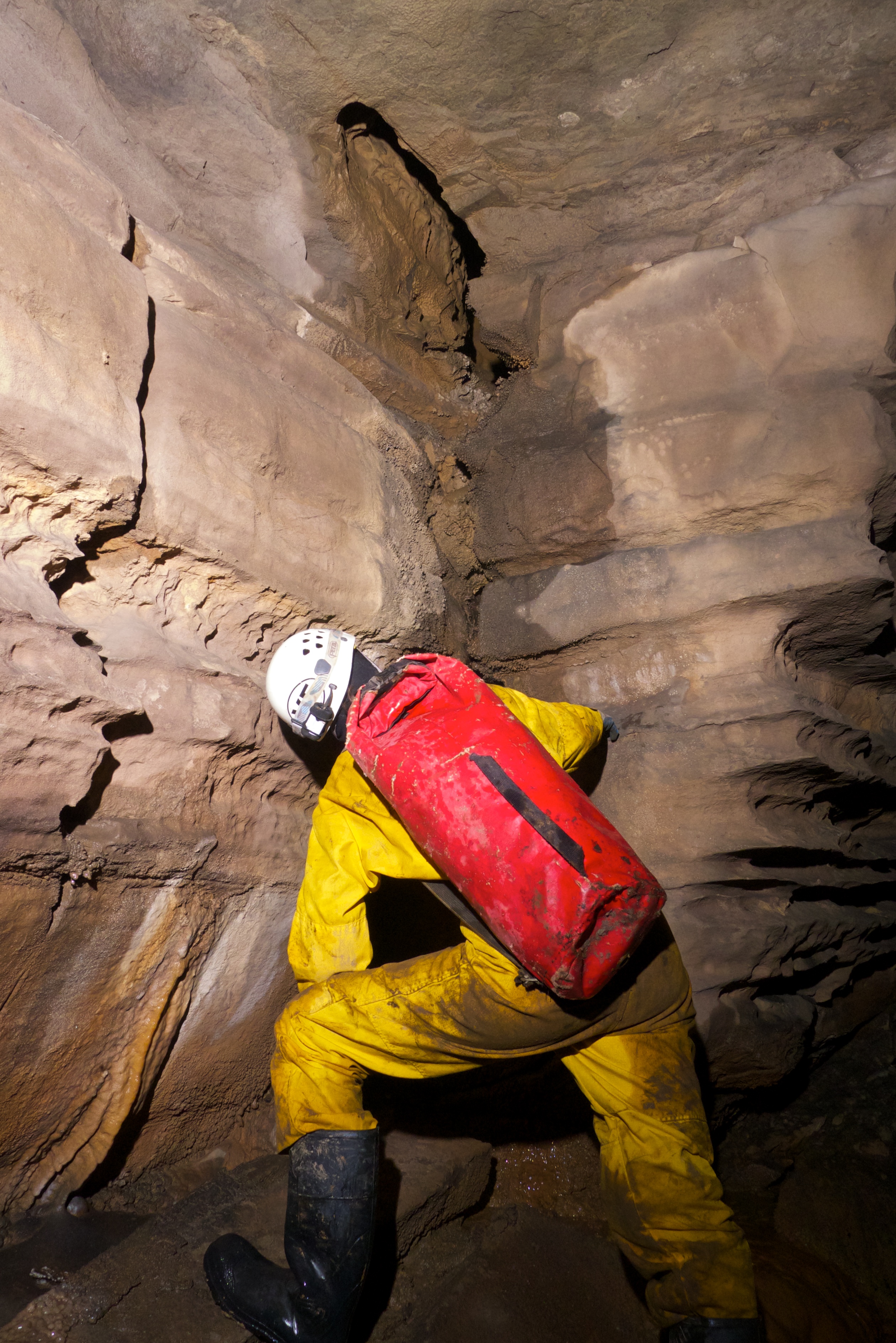
Listening to caves is not a parlor trick; it’s a safer, cheaper way to probe the unknown. Traditional exploration risks people and budgets, and even modern laser mapping requires access. Acoustic and airflow methods can hint at hidden volumes, tight constrictions, and seasonal hazards long before a rope descends. For protected areas, noninvasive listening reduces disturbance to delicate formations and bats, a pivotal step as many species face disease and habitat stress. The payoff is better management decisions without carving more doorways into sensitive rock.
There’s also a climate dimension that’s easy to miss. Cave winds respond to the outside world, so multi-year records become natural archives of how regional weather is changing. When pressure, temperature, and humidity patterns drift, cave breathing follows suit, sometimes amplifying those shifts in measurable ways. That makes caverns quiet sentinels, reporting on storms, heat, and even coastal intrusion where sea levels inch higher. Compared with isolated weather stations, a tuned cave can integrate signals over space and time, acting like a vast, sheltered barometer.
The Future Landscape

The next wave is autonomous cave listening: low-power sensor nodes that wake for resonant events, share data by mesh network, and learn as they go. Machine-learning models trained on synthetic and field signals can separate barometric breathing from true resonance, then translate tone into geometry in near real time. Expect hybrid approaches that fuse acoustics with micro-drones, fiber-optic distributed sensing, and even satellite-linked pressure feeds to capture extreme weather impacts underground. Engineers are adapting aeroacoustic insights from aviation and harbor design to better predict when a cavity will “sing” and how loudly.
There are challenges. Batteries die in cold, damp air; instruments foul in mineral-rich drips; access can be seasonal and ethically constrained. Calibrations must account for viscous losses and rough, irregular entrances that dodge textbook assumptions. And any intervention risks changing the very voice you hope to study, so minimal footprint deployments are crucial. Despite the hurdles, the momentum is unmistakable: the toolkit is getting lighter, cleverer, and more respectful of the spaces it measures.
How You Can Help
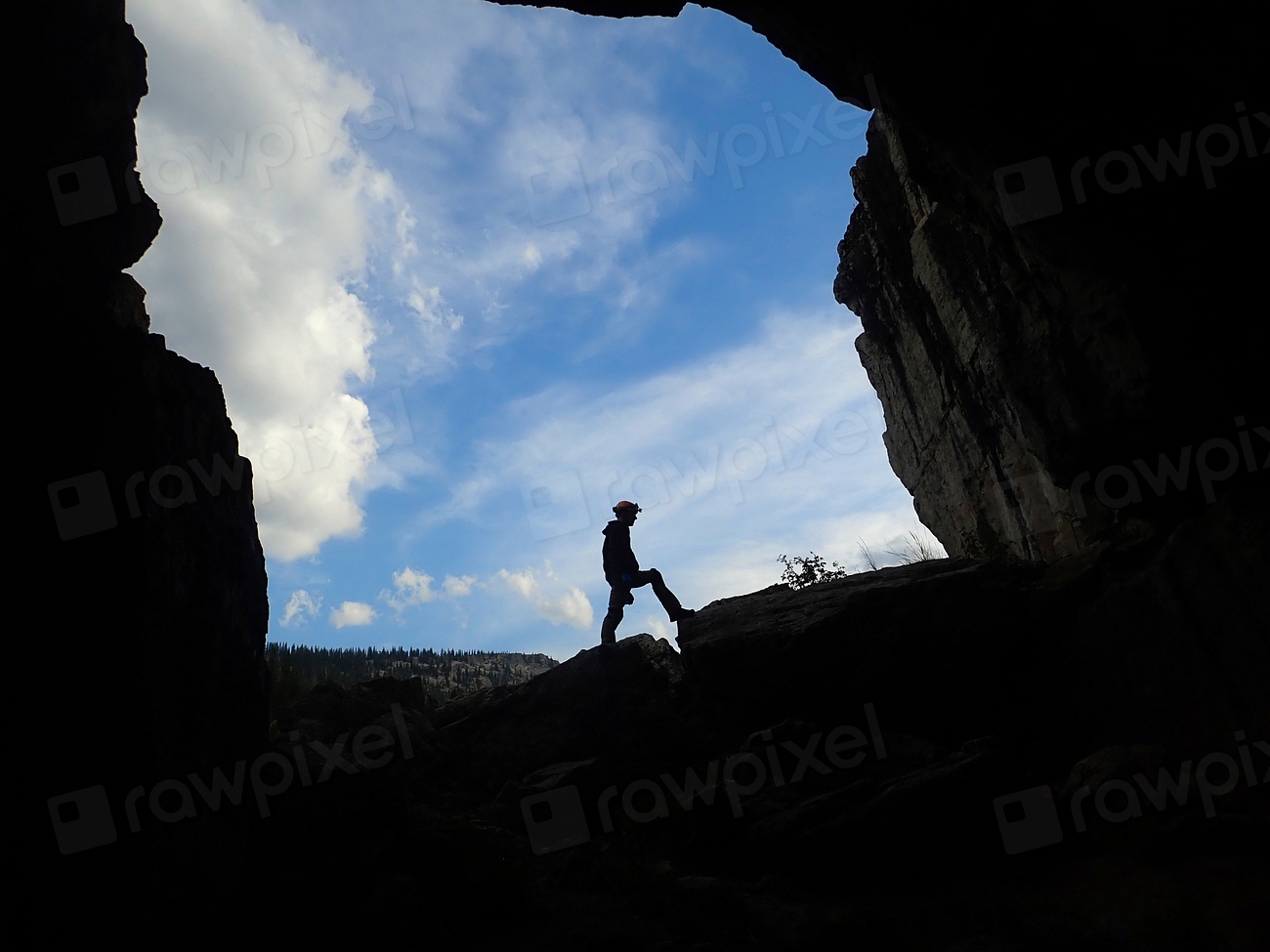
You don’t need a lab to start listening responsibly. Support local cave conservancies that fund low-impact research and restoration, and follow access rules that protect fragile speleothems and bat colonies. If you visit a windy cave, keep notes: season, temperature, and whether the draft blows in or out; some groups welcome citizen observations that complement instrument records. Choose tours that prioritize conservation over spectacle, and ask operators how they manage airflow at entrances to preserve the cave’s natural climate. Small choices add up when multiplied across busy seasons and popular sites.
For readers with a tech bent, consider donating or lending robust sensors to field teams, or sponsoring long-term data logging at monitored caves. Community colleges and outdoor clubs can host workshops on safe, ethical participation in speleology and environmental monitoring. Teachers can fold the physics of resonance into classroom demos, connecting a bottle’s note to a mountain’s breath. And if your region faces extreme weather, support policies that fund underground monitoring as part of climate resilience planning. Listening is the first step toward stewardship, and caves have been speaking all along.

Suhail Ahmed is a passionate digital professional and nature enthusiast with over 8 years of experience in content strategy, SEO, web development, and digital operations. Alongside his freelance journey, Suhail actively contributes to nature and wildlife platforms like Discover Wildlife, where he channels his curiosity for the planet into engaging, educational storytelling.
With a strong background in managing digital ecosystems — from ecommerce stores and WordPress websites to social media and automation — Suhail merges technical precision with creative insight. His content reflects a rare balance: SEO-friendly yet deeply human, data-informed yet emotionally resonant.
Driven by a love for discovery and storytelling, Suhail believes in using digital platforms to amplify causes that matter — especially those protecting Earth’s biodiversity and inspiring sustainable living. Whether he’s managing online projects or crafting wildlife content, his goal remains the same: to inform, inspire, and leave a positive digital footprint.


